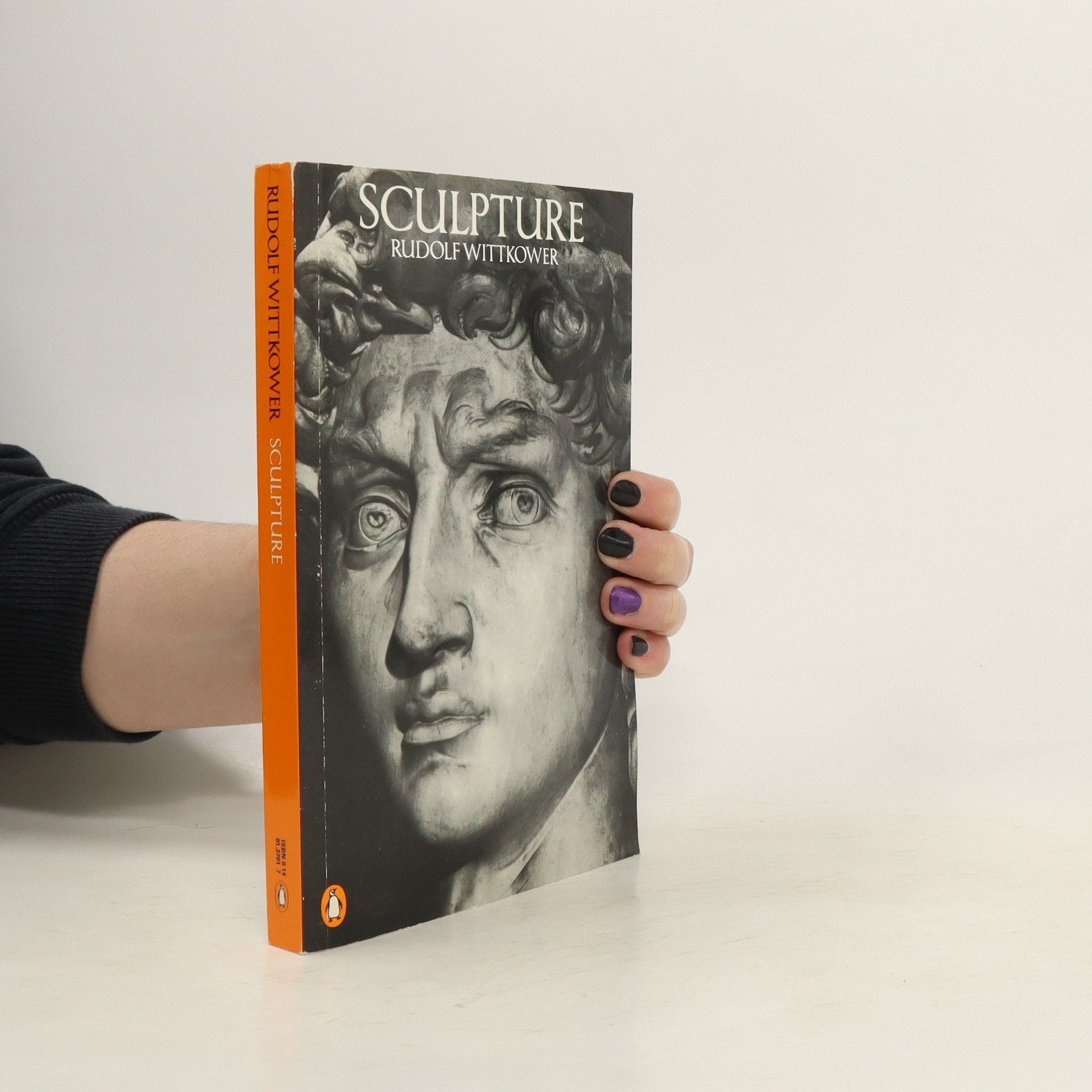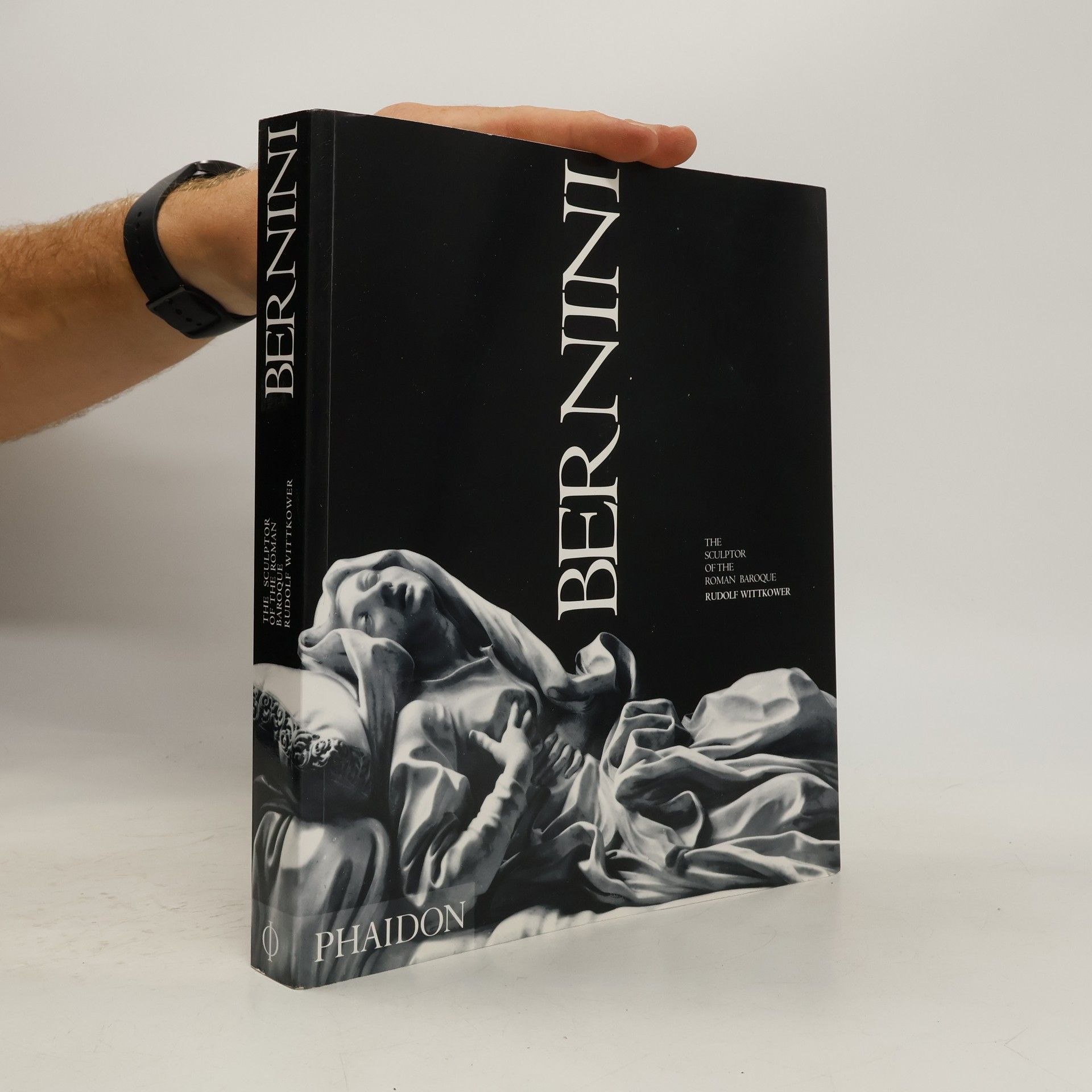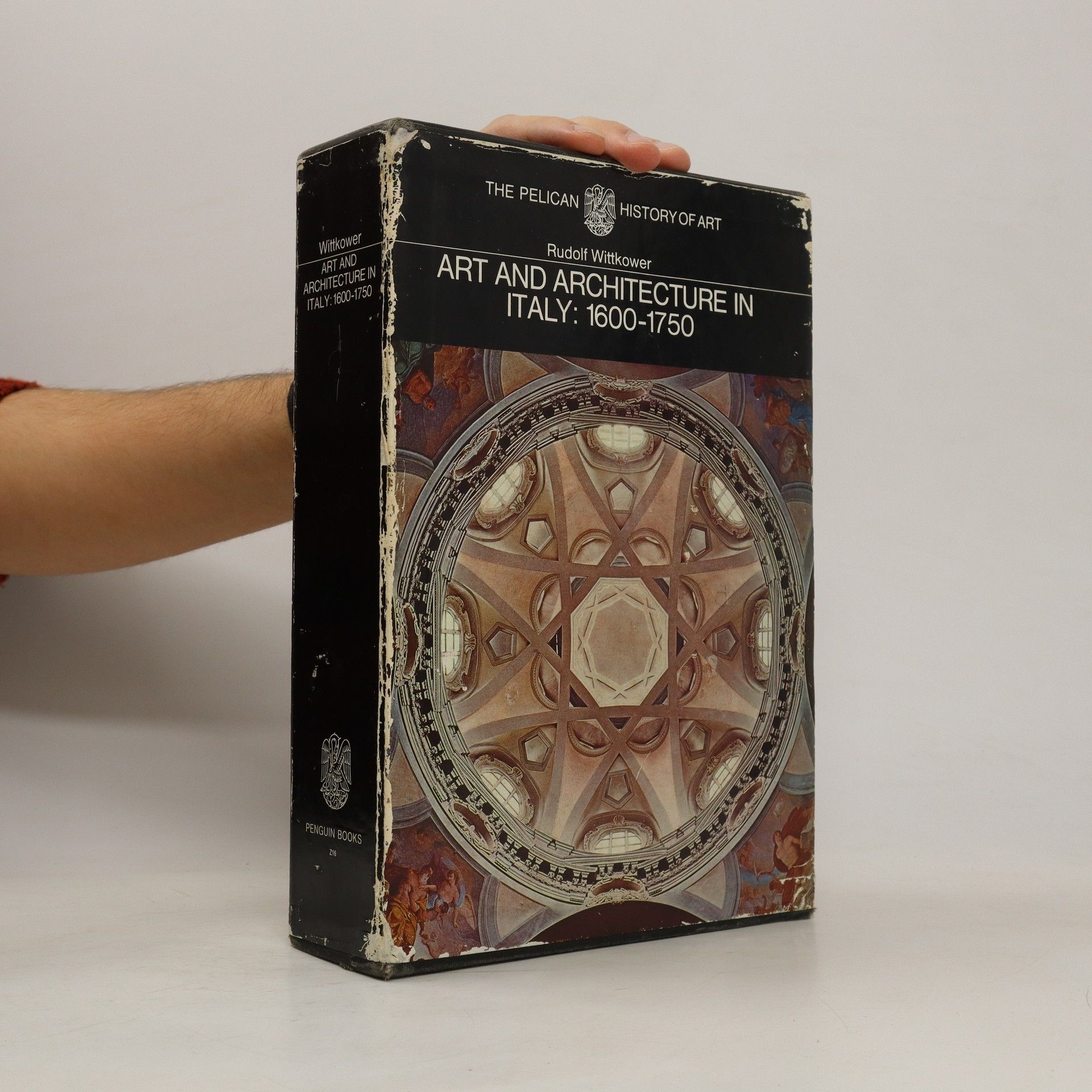Rudolf Wittkower Knihy


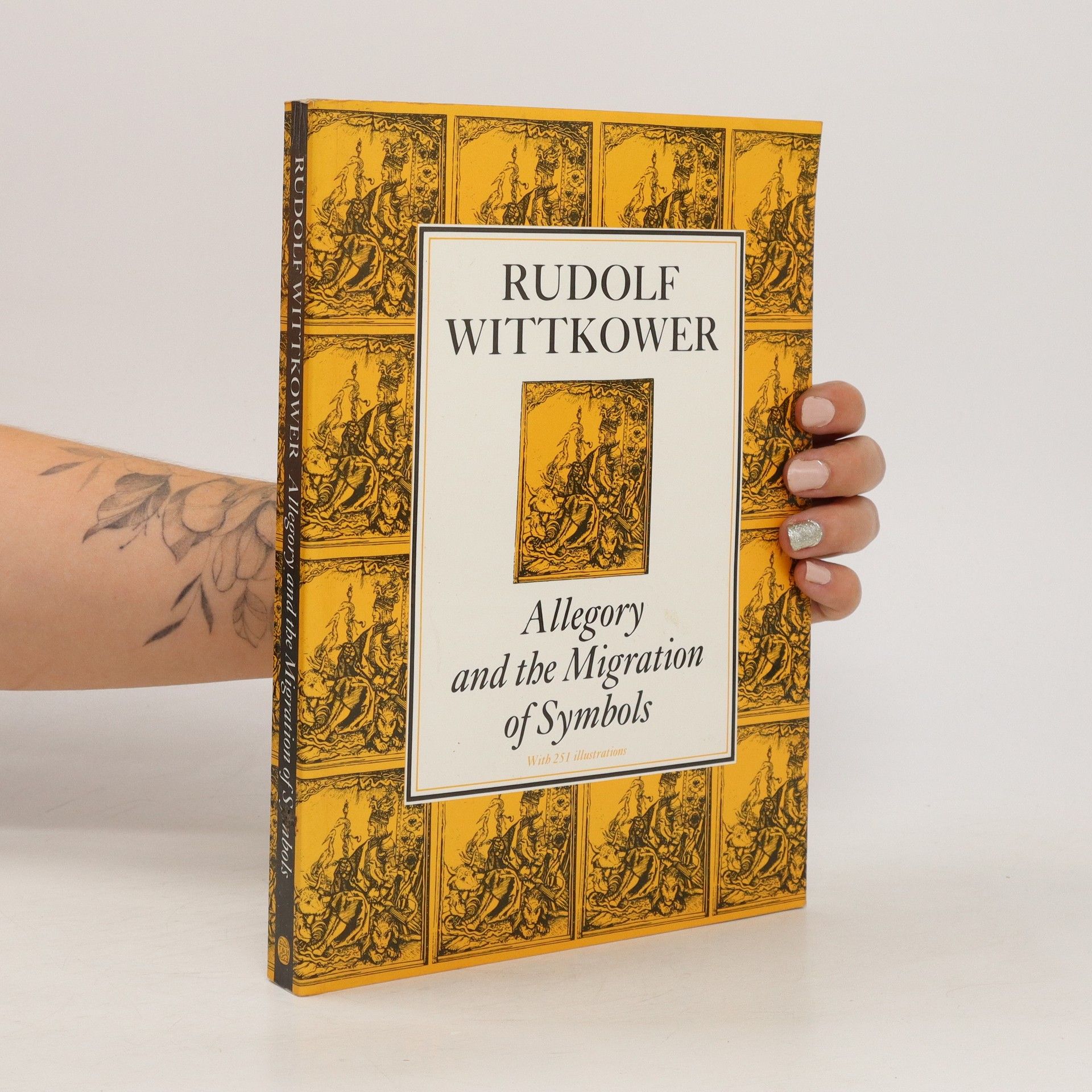
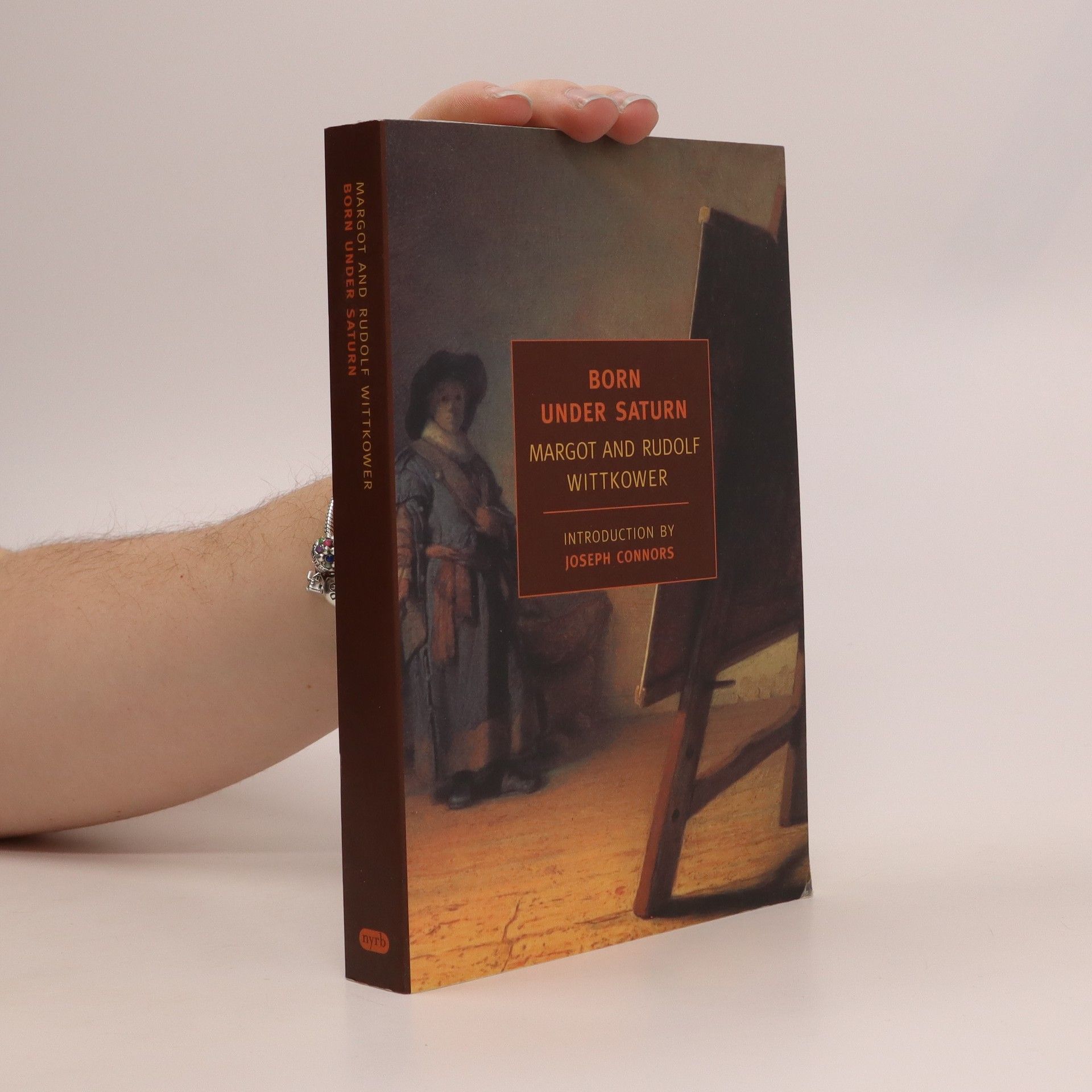
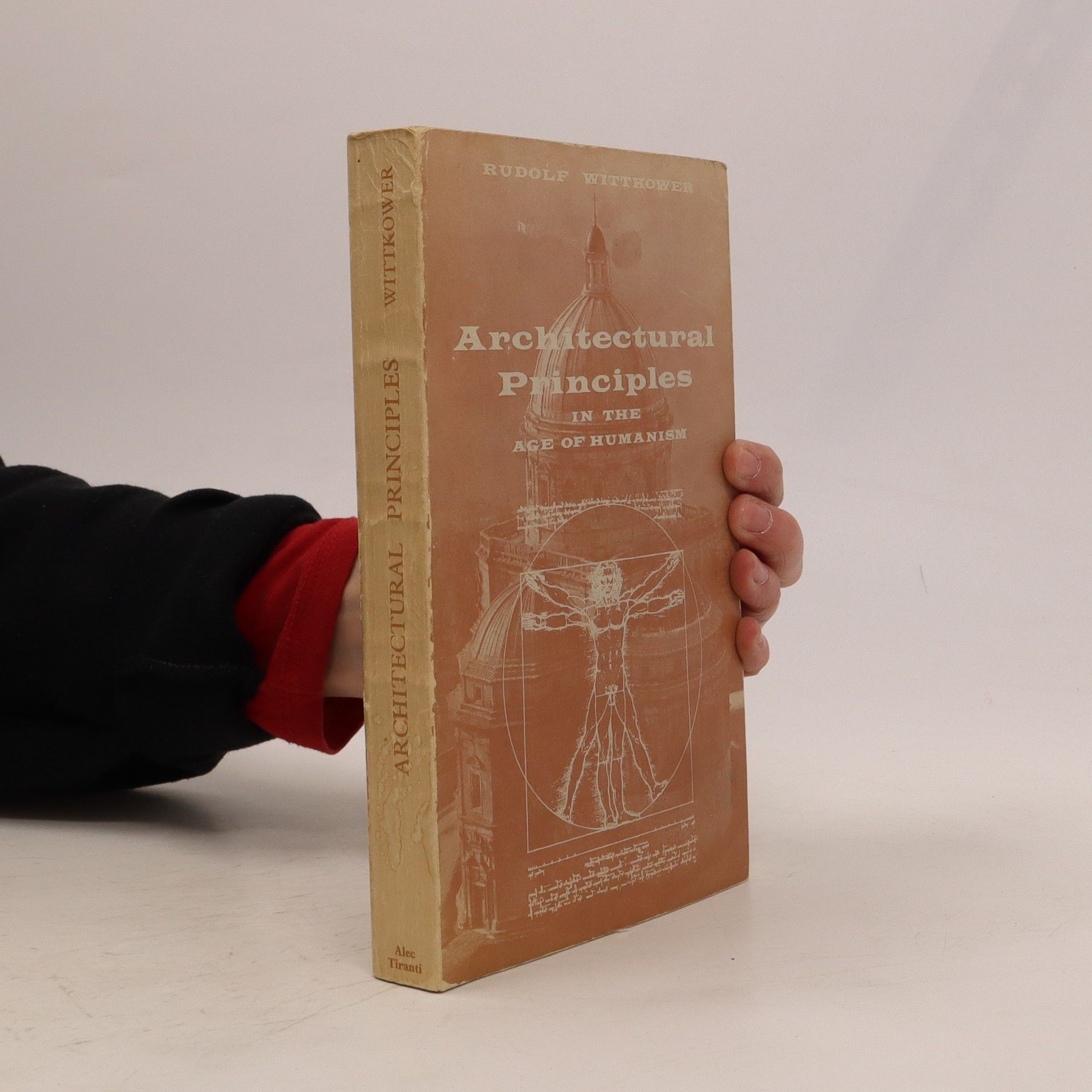
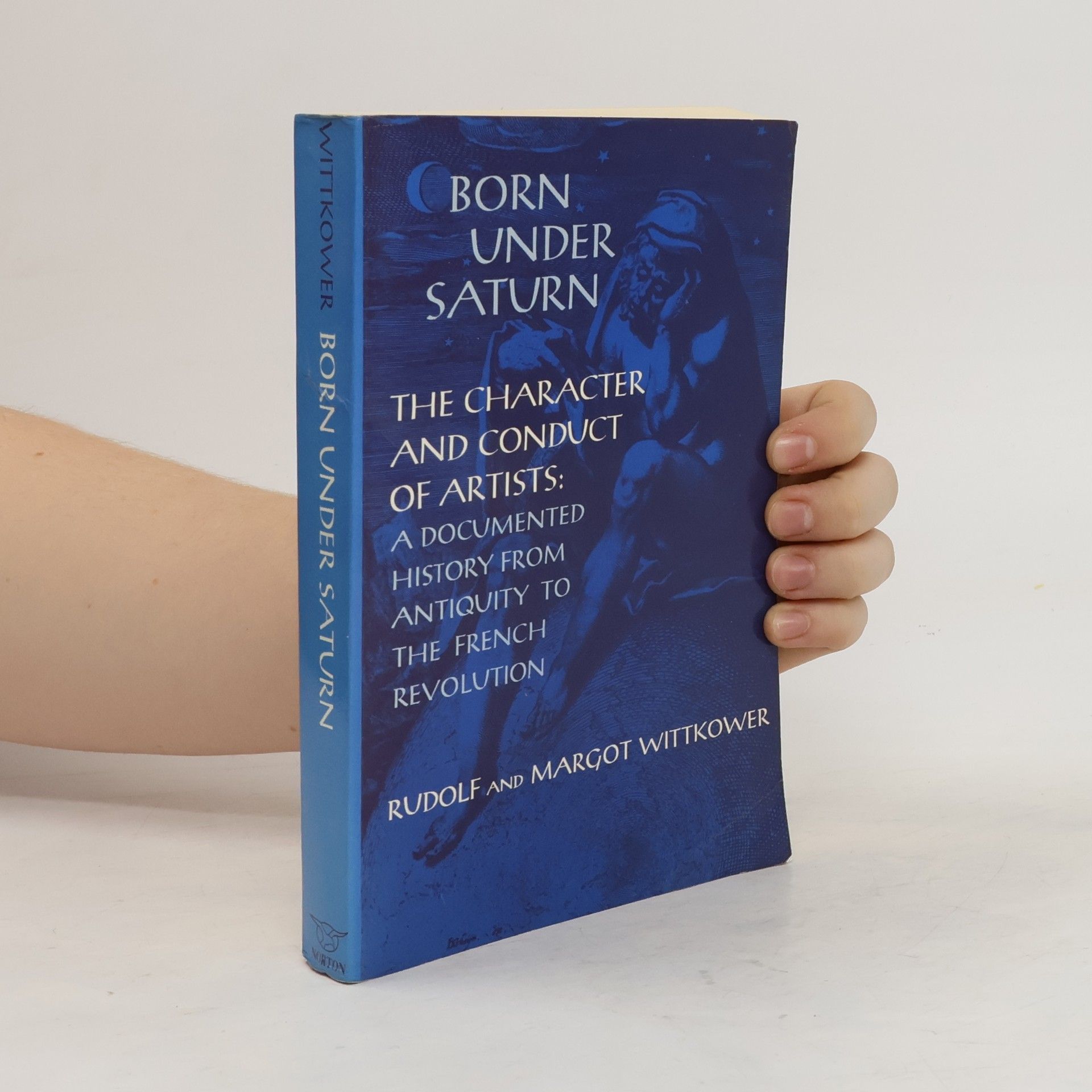
Sir Kenneth Clark wrote in the Architectural Review, that the first result of this book was "to dispose, once and for all, of the hedonist, or purely aesthetic, theory of Renaissance architecture, ' and this defines Wittkower's intention in a nutshell.
Born Under Saturn
- 344 stránek
- 13 hodin čtení
This rare and vintage book is a perfect addition to any bibliophile's collection
Art and Architecture in Italy, 1600-1750
Volume 3: Late Baroque and Rococo, 1675-1750
- 204 stránek
- 8 hodin čtení
Focusing on the breadth of Italian Baroque art and architecture, this volume explores artistic developments across various regions from Venice to Sicily during the early, high, and late Baroque periods. It provides an in-depth analysis of the unique characteristics and influences of the arts in each center, showcasing the rich diversity and evolution of Baroque styles throughout Italy.
A first book in the three volume survey of Italian Baroque art and architecture which focuses on the arts in every centre between Venice and Sicily in the early, high, and late Baroque periods.
With the aid of over 180 photographs, this book studies what unites and separates sculptors across the centuries. It looks at the masters of Archaic Greece, the Middle Ages, through the great names of Michelangelo, Cellini and Bernini to Rodin, Brancusi and Henry Moore. By studying their working methods and techniques, the author discloses their artistic ideas and convictions, thereby opening up new avenues of approach for the spectator.
Get one step closer to solving the uncertainties in your life with this guided journal and philosophy overview, What Would Plato Do?
Bernini
The Sculptor of the Roman Baroque
Gian Lorenzo Bernini (1598-1680) was the most influential sculptor of his age. Inventive and skilled, he virtually created the Baroque style. In his religious sculptures he excelled at capturing movement and extreme emotion, uniting figures with their setting to create a single conception of overwhelming intensity that expressed the fervour of Counter-Reformation Rome. Intensity and drama also characterize his portraits and world-famous Roman fountains.
